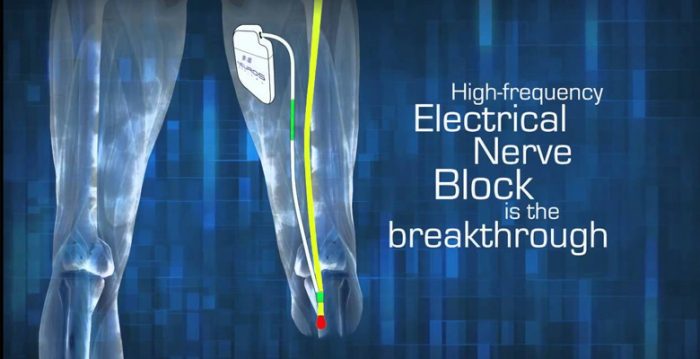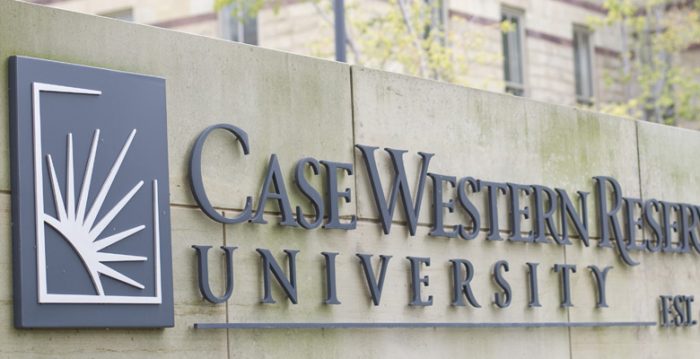Neuros Medical Wins FDA OK to Test its Pain-blocking Technology on Amputee
Federal regulators have given Neuros Medical Inc. permission to test its technology on 130 patients suffering from chronic amputation pain. The Willoughby company has received an Investigational Device Exemption from the U.S. Food and Drug Administration that will allow it to implant those patients with its Altius System, which is designed to block nerves that…


